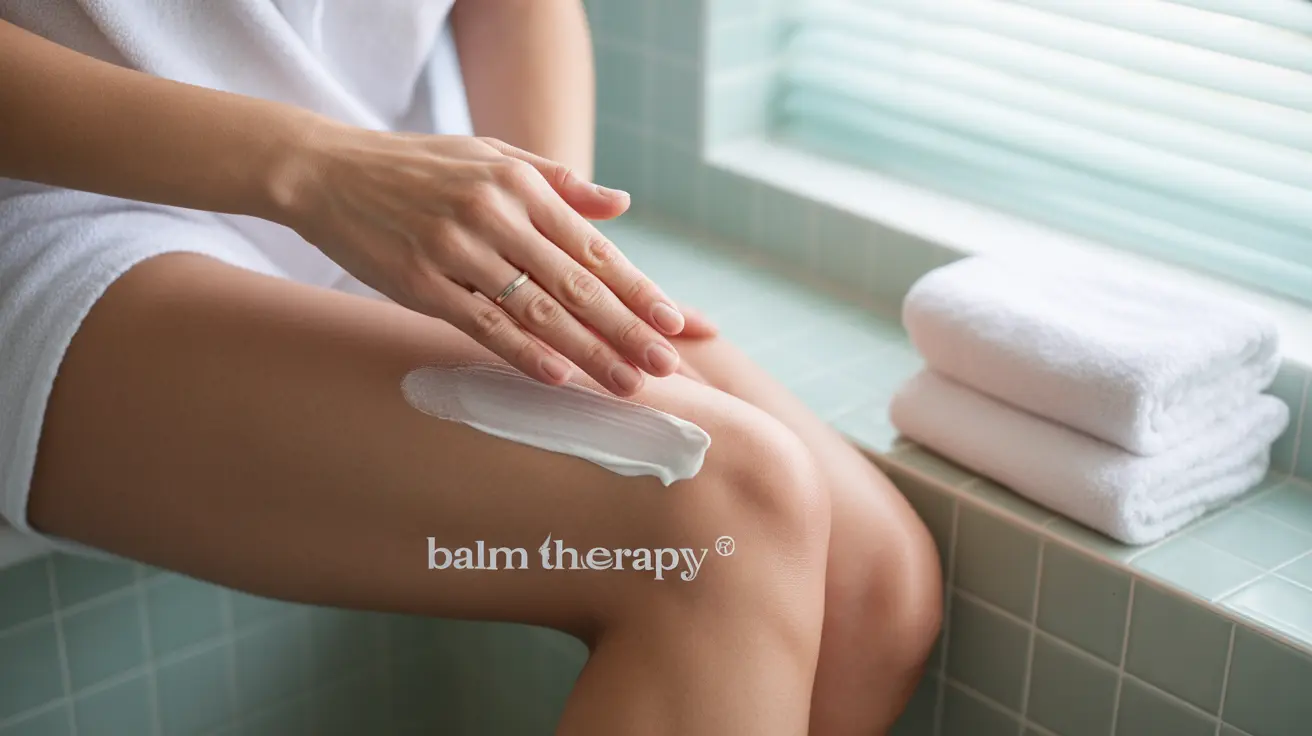Thigh chafing is a common and uncomfortable condition that occurs when the skin of your inner thighs repeatedly rubs together, leading to irritation, redness, and discomfort. This friction-induced problem affects people of all body types and can be particularly troublesome during exercise, hot weather, or when wearing certain types of clothing.
Whether you're an athlete, someone who enjoys outdoor activities, or simply dealing with this issue in your daily life, understanding the causes, symptoms, and solutions for thigh chafing can help you prevent and manage this uncomfortable condition effectively.
Understanding the Causes and Symptoms of Thigh Chafing
Thigh chafing occurs due to several key factors that contribute to skin friction and irritation:
Physical Factors
- Skin-to-skin contact during movement
- Excess moisture from sweat
- Repetitive friction during walking or exercise
- Heat and humidity
Common Symptoms
- Redness and inflammation
- Stinging or burning sensation
- Raw or tender skin
- Possible skin darkening over time
- In severe cases, blistering or bleeding
Prevention Strategies for Thigh Chafing
Protective Clothing Choices
- Moisture-wicking compression shorts or leggings
- Breathable, longer-length athletic shorts
- Smooth-seamed underwear designed for activity
- Loose-fitting skirts or pants in breathable fabrics
Skin Protection Methods
- Anti-chafing balms or sticks
- Moisture-absorbing powders
- Petroleum jelly for short-term protection
- Specialized anti-chafing products designed for athletes
Effective Treatment Options
When thigh chafing occurs, several treatment approaches can help alleviate discomfort and promote healing:
Immediate Relief Methods
- Clean the affected area with mild soap and cool water
- Pat dry gently, avoiding rubbing
- Apply cooling compress to reduce inflammation
- Use over-the-counter anti-inflammatory creams
Ongoing Care
- Keep the area clean and dry
- Wear loose, breathable clothing while healing
- Apply moisturizer once the initial irritation subsides
- Consider using antibacterial cream if needed
When to Seek Medical Attention
While most cases of thigh chafing can be managed at home, certain symptoms warrant professional medical attention:
- Severe pain or bleeding
- Signs of infection (warmth, swelling, pus)
- Persistent irritation despite home treatment
- Development of open sores or blisters
- Recurring severe chafing that impacts daily activities
Frequently Asked Questions
What causes thigh chafing and how can I identify its symptoms?
Thigh chafing is caused by repeated friction between the thighs, often exacerbated by moisture, heat, and certain clothing materials. Symptoms include redness, burning sensation, tender skin, and possible inflammation or blistering in severe cases.
What are the most effective treatments for relieving thigh chafing pain and redness?
The most effective treatments include keeping the area clean and dry, applying anti-chafing balms or cooling creams, using over-the-counter anti-inflammatory products, and wearing appropriate protective clothing while the skin heals.
How can I prevent thigh chafing during exercise or hot weather?
Prevent thigh chafing by wearing moisture-wicking compression shorts or appropriate athletic wear, applying anti-chafing products before activity, and staying dry. Choose breathable fabrics and consider using protective powders or balms during hot weather.
What types of clothing and fabrics are best to avoid or wear to reduce thigh chafing?
Wear moisture-wicking, smooth-seamed compression garments or longer athletic shorts made from breathable fabrics. Avoid rough materials, loose cotton shorts that ride up, and synthetic fabrics that don't breathe well.
When should I see a doctor for thigh chafing that doesn't heal or gets infected?
Consult a healthcare provider if you experience severe pain, bleeding, signs of infection (redness, warmth, swelling, pus), or if the chafing doesn't improve with home treatment after several days. Also seek medical attention if you develop open sores or recurring severe chafing that affects your daily activities.




